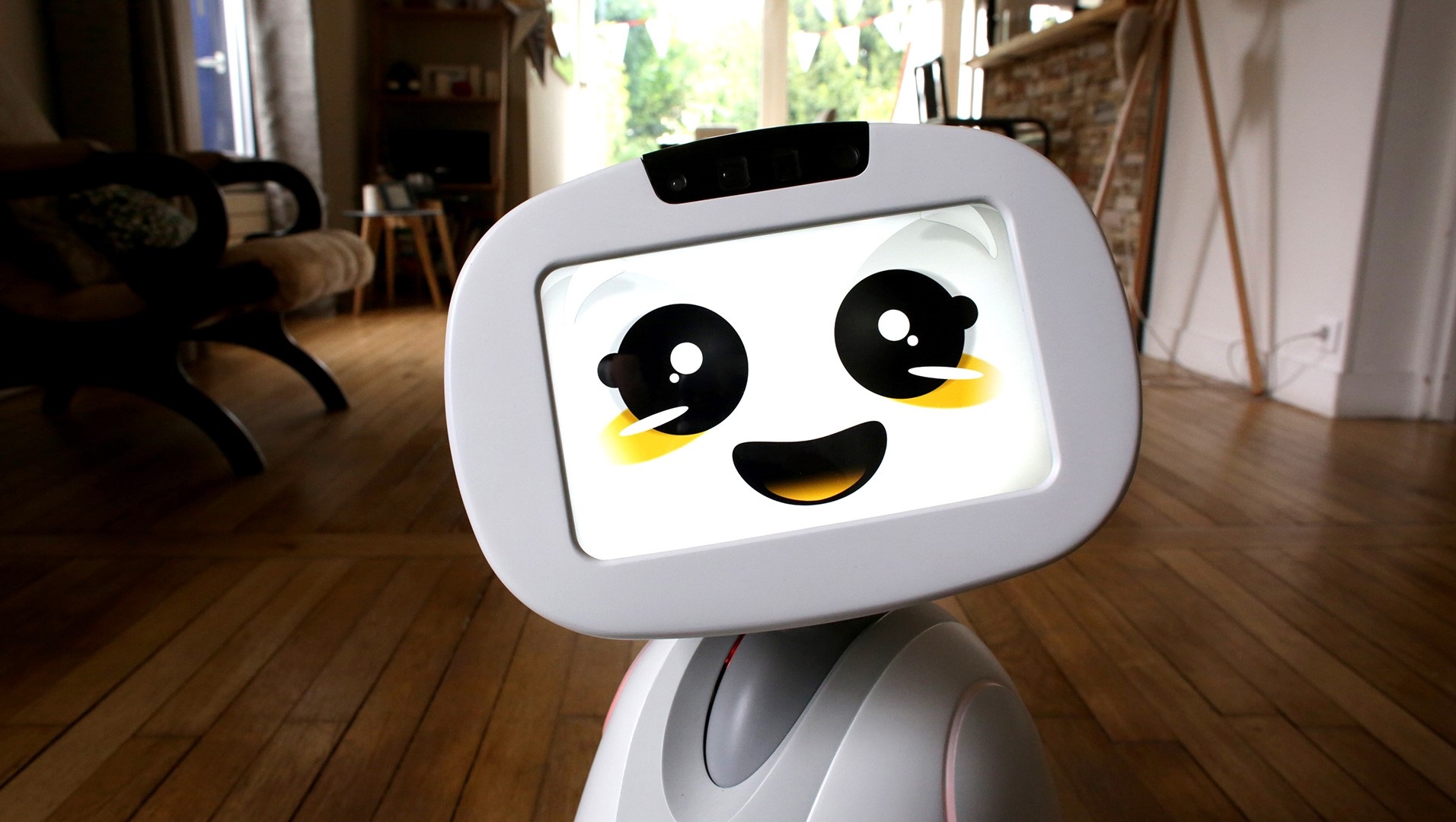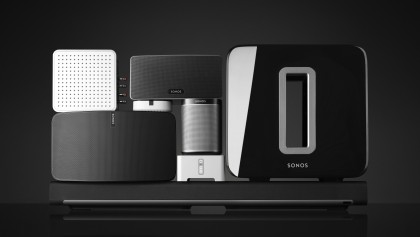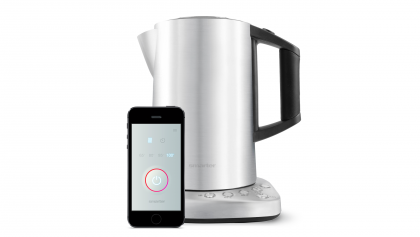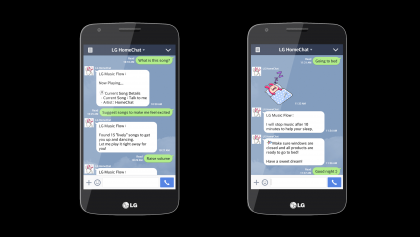How your phone will soon control your entire house
The technology of today and the promise of tomorrow

Since the jazzy heyday of 80s sci-fi movies, we've been promised houses that respond to our every whim.
Music following us from room to room, heating that knows how warm you want to be all the time and maybe even a robot butler for good measure. Well, that future has well and truly arrived – apart from cyber-Jeeves, that is.
But rather than a smart house that controls everything centrally, the brains of your home is actually your smartphone.
Whether you have a top-of-the-line Samsung Galaxy S7 or a more modest Honor 5X, there are now ways to control every aspect of your nest from your palm, from how bright your bedroom is to how much energy you use every month.
While the smart home is still something of a mess in terms of security and cross-compatibility, there's no doubt we've come a very long way.
Here are some of the best and coolest ways you can control your home in 2016, whether you're there or not.
Music that follows you around
When you walk through the front door listening to the most kickass bit of a face-melting guitar solo, you don't want to take your headphones off and end it.
Get daily insight, inspiration and deals in your inbox
Sign up for breaking news, reviews, opinion, top tech deals, and more.
Thankfully, it's now easier than ever to throw what you're listening to from your phone to your home speakers – even if those speakers aren't internet-enabled.
Most people have heard of Sonos, one of the market-leading connected speaker systems, and they undoubtedly put out beautiful high-quality sound with seamless syncing around the home.
But with speakers starting from £169 ($199, AU$299), it's an expensive solution – and there are now much cheaper options providing you have some speakers already.

Gramofon is a classy-looking box that connects your speakers to your WiFi for EU59 ($69, about AU$119), and you can link them together to play the same or different music across your house using Qualcomm AllPlay.
Similarly, Google's Chromecast Audio is a smaller version of the same idea, though it can't be wired into your home network with ethernet like the Gramofon.
Using a 3.5mm jack (with optical output), it allows you to cast music to your speakers just like you do on the video Chromecast. It supports multi-room, though of course you'll need extra Chromecasts. At £30 ($35, AU$49), that's not as big a big deal as with other systems, but if you want true multi-room audio it can get a little pricey.
There's also the ingenious Vamp, which lets you turn any passive hi-fi speaker into a Bluetooth one – the tiny red box plugs into your normal black and red connections on the back of any speaker and even provides the power. This means you could rescue any ancient working speaker from a skip and make it smart for £49.99 (about $59, AU$78).
Vamp designer Paul Cocksedge told techradar, "I'm particularly worried about electronic waste, and I've seen horrendous examples of it. 10,000 speakers a month are sent to one UK recycling centre alone, with many others ending up in landfill or incineration plants."
Of course, all these connected speaker solutions give rise to endless opportunities for digi-shenanigans... I definitely didn't connect to my housemate's speaker and blast Vanilla Ice when she had a guy over.
With great connectivity comes great responsibility.
Appliances that do the hard work for you
We've been joking about chatty appliances since Red Dwarf's Talkie Toaster, but the fact is some pretty cool stuff is happening in the world of the humble kitchen gadget.
British people's dreams have come true with the iKettle (£99.99, $180, AU$160), a Wi-Fi enabled kettle that you can turn on from your phone. It tells you when the water's boiled and even keeps it warm until you get there - a godsend for those of us that constantly think "ah crap - I boiled the kettle 15 minutes ago, didn't I?".

Even more usefully, it can send a message to your phone first thing in the morning or when you arrive home after a long day, asking if you'd like to turn the kettle on so the water will be boiled by the time you make it to the kitchen. The same firm also makes a connected coffee maker if that's your caffeinated beverage of choice.
Other appliances are seeing similar features added, too. Forgetting to press "go" on the washing machine as you're heading out the door ceases to be a problem with connected washers, which can be controlled from an app on your phone.
Most manufacturers now offer this, with laundry apps from brands like LG and Samsung even diagnosing technical problems with your machine and telling you how to fix them without calling a repairman.
In fact, everything from your oven to your dishwasher can be controlled from your phone with appliance ranges like Hoover's Wizard, promoted with the slightly-unnerving slogan "tech that talks."
Whether you want to ask how much cooking time's left on your food, get an alert when your chilled drink's reached ideal temperature or just remotely switch on the cooker hood light (although...why?), it's all a tap away.
LG's taken the talking tech trope even further with the slightly-bonkers LG Homechat, which lets you text your appliances.
For all the world resembling a WhatsApp conversation with your fridge, Homechat responds to commands like "monitor all products," (gives you a status update), "going to bed" (stops music after 10 minutes), and Siri-style "what is this song?" enquiries. It's as mad as it sounds, but as AI and language processing improve, natural conversation will be the way we interact with everything.

While we're waiting for robot butlers, we do at least have robot hoovers. Vacuums like Neato's BotVac can be controlled not only from your phone but from your smartwatch too – Apple or Android. Yes, it's £549.99 ($799, about AU$1035), but how much would you pay to never hoover again?